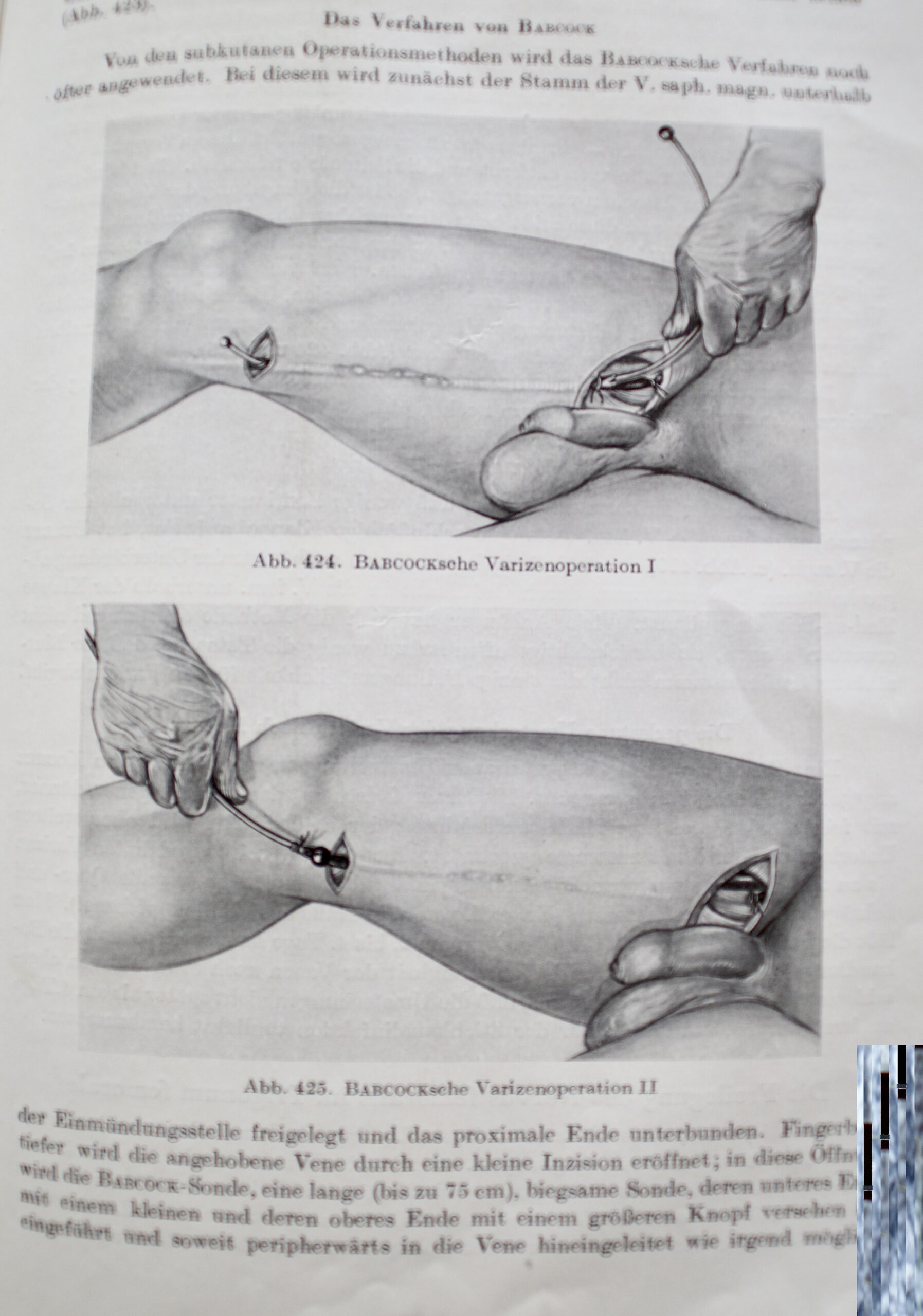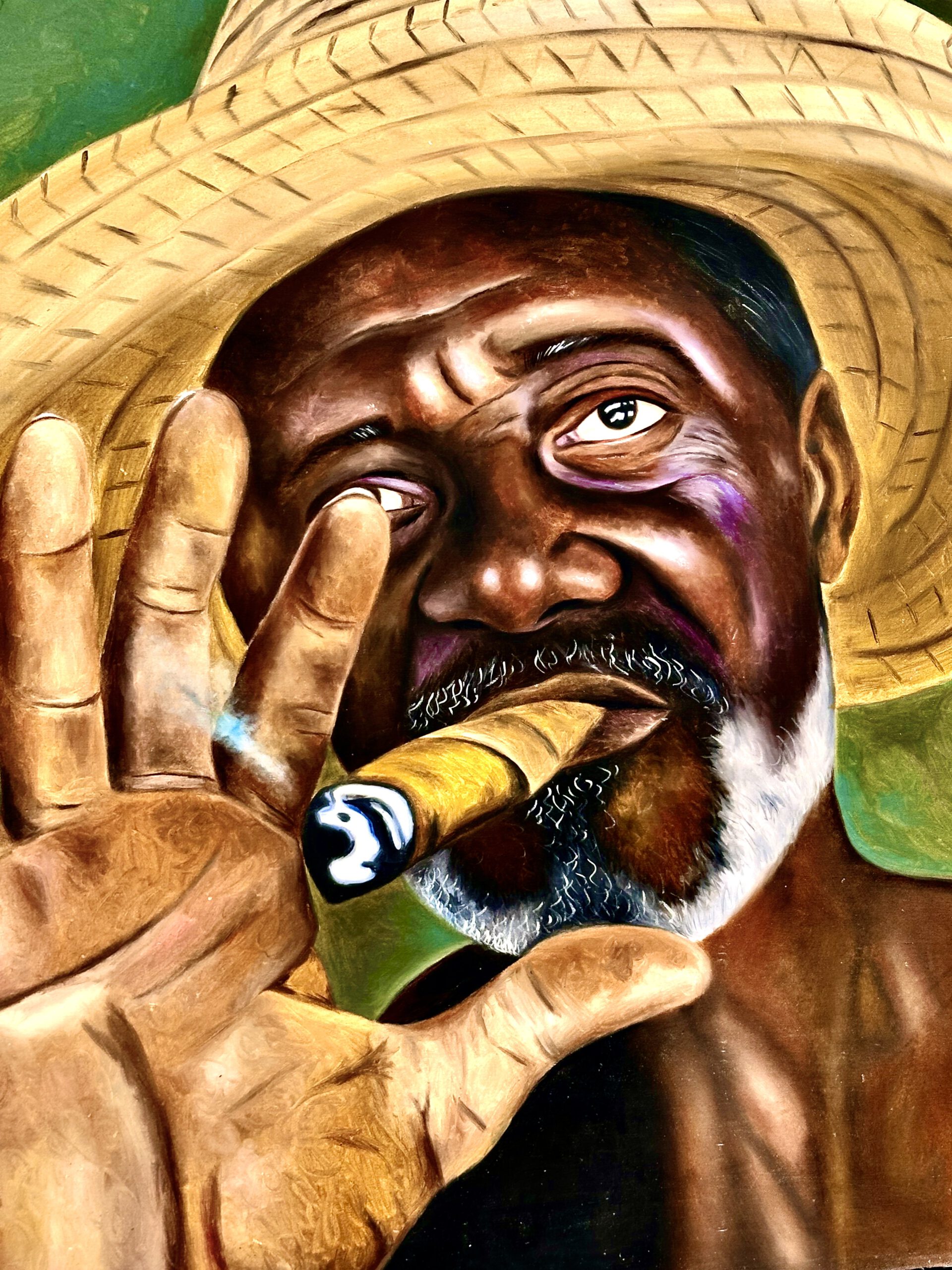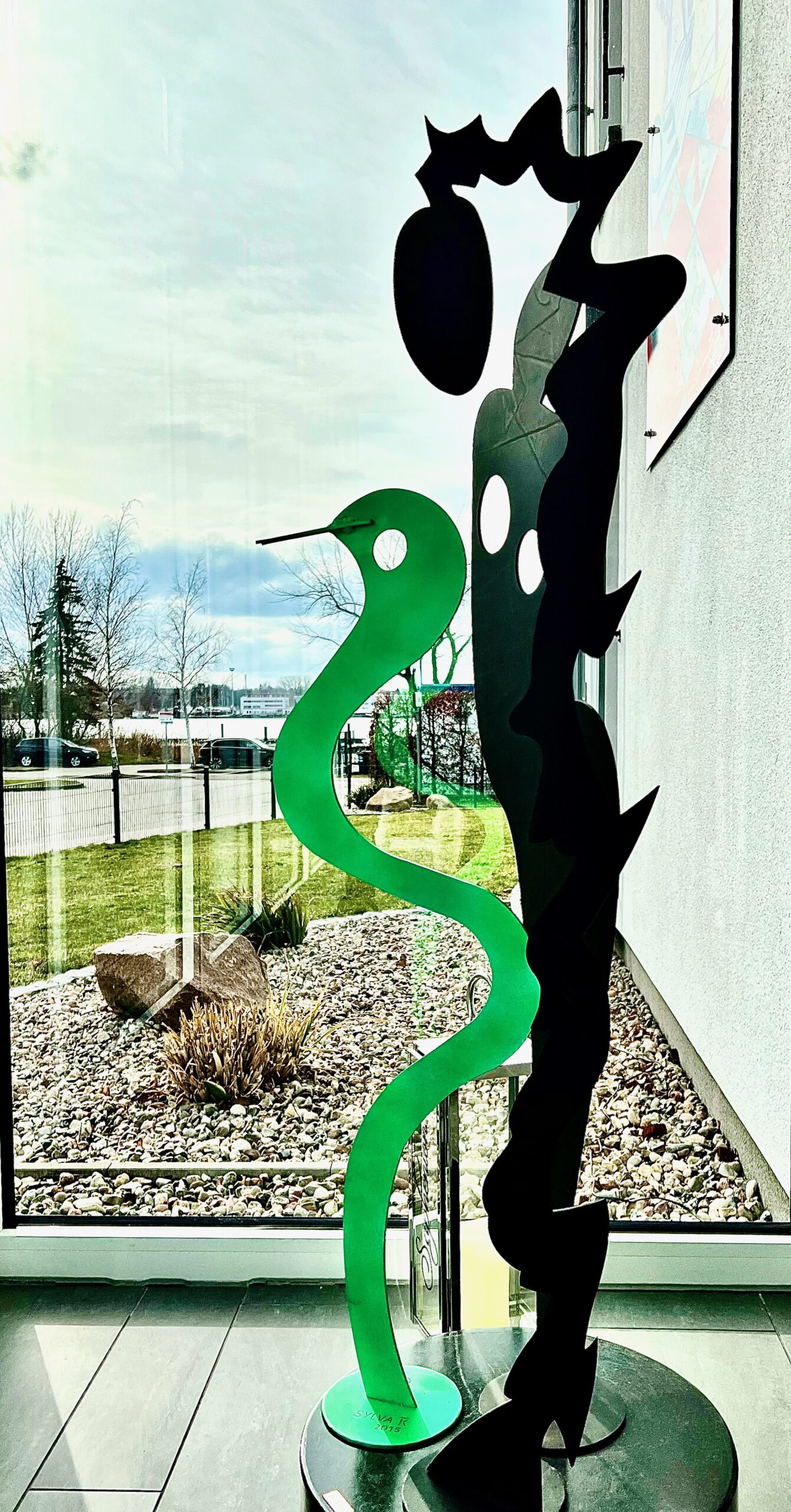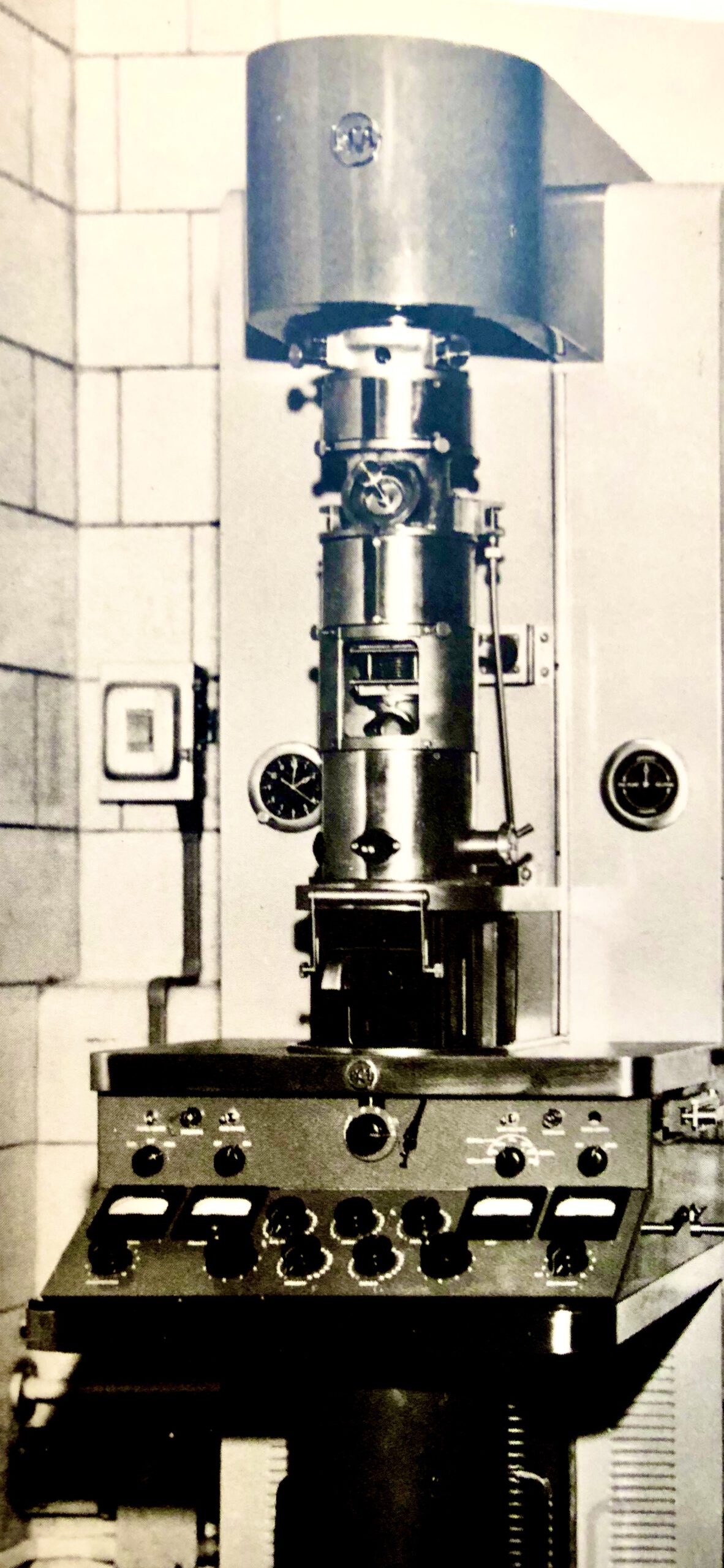Saphenion®: Schicksale der Stammvenen – The fate of truncal veins
Nahezu exakt 65 Jahre ist es her, als mein Freund und Kollege Privatdozent Dr. Wolfgang Lahl als Assistent die Chirurgische Klinik im Berliner Polizeikrankenhaus betrat. Sofort war er als junger Assistent mit der Betreuung der Venenpatienten betraut, denn kein älterer erfahrenerer Kollege wollte diese Aufgabe gerne übernehmen.
Von gleicher Erfahrung kann Dr. Ulf Th.Zierau berichten – 25 Jahre später an der Charitè in Berlin. Kaum als Assistent eingesetzt, waren es die Venenkranken. In dieser Zeit wurde die Venenchirurgie ausschließlich stationär betrieben. Die Patienten waren in aller Regel für 7 Tage hospitalisiert. So lernten wir beide – fast ein Viertel Jahrhundert auseinander jeweils das Schicksal der Vena saphena kennen.
It was almost exactly 65 years ago that my friend and colleague Privatdozent Dr. Wolfgang Lahl joined the Surgical Clinic at the Berlin Police Hospital as an assistant. As a young assistant, he was immediately entrusted with the care of vein patients, as no older, more experienced colleague wanted to take on this task.
Dr. Ulf Th. Zierau can report the same experience – 25 years later at the Charitè in Berlin. As soon as he was appointed as an assistant, it was the vein patients. At that time, vein surgery was performed exclusively on an inpatient basis. Patients were usually hospitalized for 7 days. This is how we both got to know the fate of the saphenous vein – almost a quarter of a century apart.





